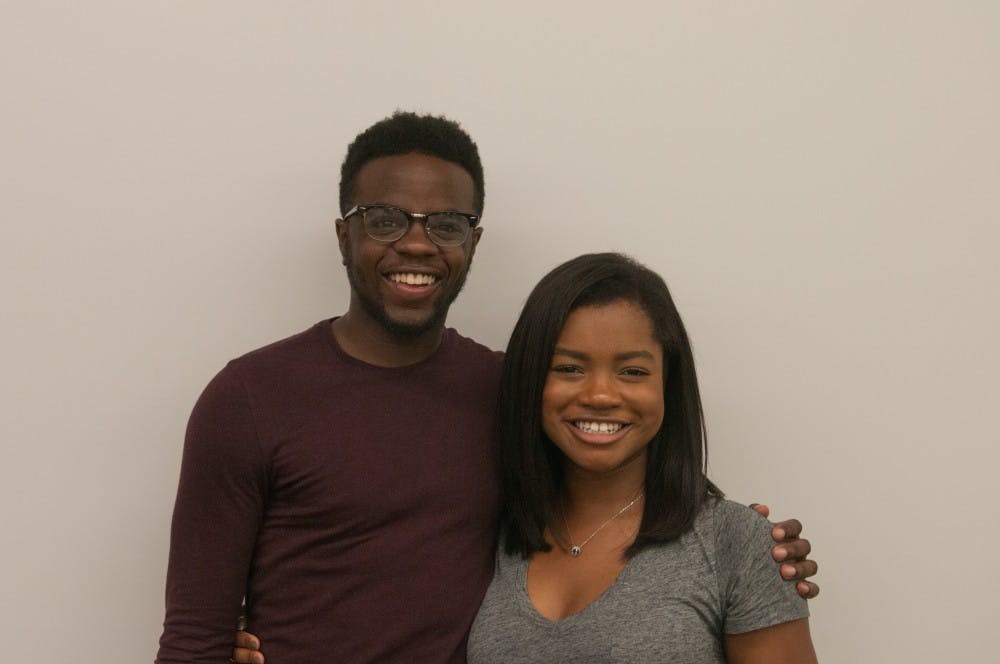From the racist GroupMe incident last year to the recent protests in Charlottesville, Va., black students at Penn have had to grapple with a range of traumatic events this past year.
In the face of this violence, students have found different ways to cope while juggling other responsibilities.
College junior Angelo Matos said he does not let protests stop him from prioritizing his education.
“When things like Charlottesville happen — and I already know that I’m defying a statistic by being here — I will never compromise my work and ability to perform academically to take a stand,” Matos said.
“I know that it sounds drastic, but on the other hand I do understand being there for people and I think that’s something everyone should do," he added.
Wharton senior and UMOJA Co-Chair Briana Johnson said UMOJA and its constituents respond to traumatic incidents by providing safe spaces for black students.
“What we’re looking at, most often than not, is the balance between being a student and having to defend our existence that we did not choose and that we are not trying to undo,” Johnson said. “We want to find ways that black students can be the best students they can be, the best athletes they can be, et cetera.”
For student leaders like College junior Mariama Diallo, chair of Students Organizing for Unity and Liberation, the constant pressure of having to mobilize in response to incidents of bigotry can be overwhelming.
“Even within SOUL, sometimes alumni will ask if we’re mobilizing, and it’s like ‘I just got to school,'" Diallo said.
“I think having to balance Penn with anything is hard, but having to balance it with being black is another level of stress on its own," Diallo said. "Every time something goes down you feel like you have to mobilize.”
Johnson echoed that sentiment, adding that it's unfair to expect only black students to mobilize after serious acts of racism. Rather, the onus should be on white students and faculty to take a stand.
“It’s interesting that racist people and their actions are always directly tied to what is an expected response. White people’s racism is a white person problem,” Johnson said. “For people who want to see all these reactions from students: we’re tired.”

The challenges of balancing "studenthood" and "blackhood" is an issue that black student groups are working to address, said UMOJA Co-Chair and College junior Calvary Rogers, who is also an opinion columnist for The Daily Pennsylvanian. Part of finding this balance involves creating safe spaces, forming study groups and creating a comprehensive support network that black students can turn to when traumatic incidents occur, he said.
Rogers added that juggling activism and education has been a personal challenge for him.
“It was something I had a hard time grasping at first. I’m getting the hang of it now,” he explained. “If you’re passionate about fighting against these things, then do it. But remember that you’re here to be a student first. White supremacy distracts you from many things, and there’s a thin line between that balance.”
Apart from building and participating in safe spaces, some black students also turn to the arts as a means of coping with trauma.
Matos, who writes and performs spoken word poetry, said he believes the power of communication can help remedy some of the racism black students encounter both on campus and on a national level.
“If I’m just angered by someone’s ignorance, then I’m not fixing anything. There are people who have never interacted with black people before,” Matos said. “I think it’s our job not necessarily to correct that viewpoint, but to not reply with anger when people wonder why we’re upset.”



